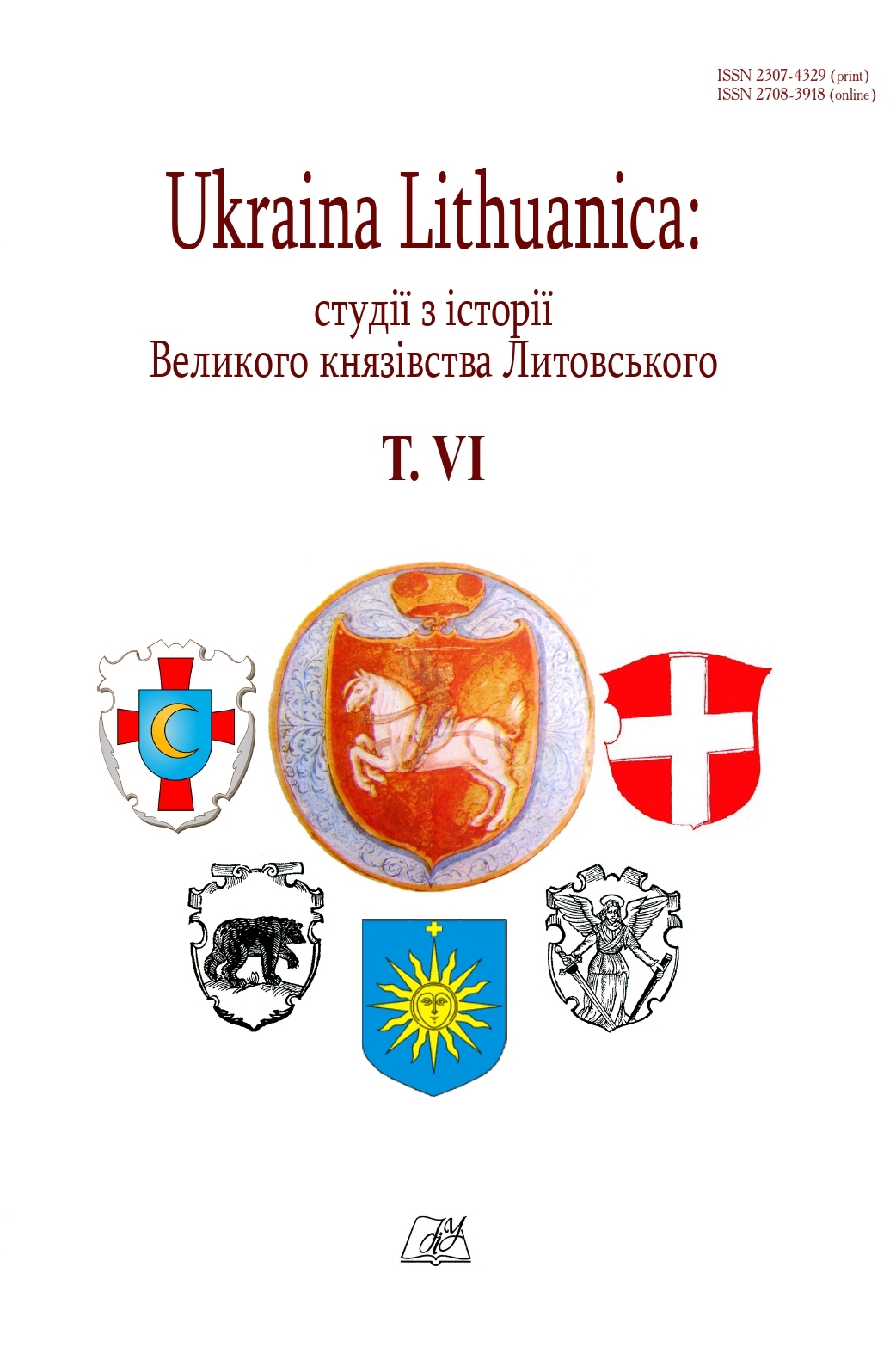
PRIVATE HOUSING OF THE SECOND HALF OF THE 13th –
THE BEGINNING OF THE 15th CENTURY
FROM ARCHAEOLOGICAL RESEARCH
IN KAMIANETS-PODILSKYI ON TATARSKAYA STREET, 17/1
Ihor STARENKYI
Candidate of Historical Sciences (Ph.D. in History), Leading Research Fellow,
Kamianets-Podilskyi State Historical Museum-Reserve
(Ukraine, Kamianets-Podilsky), This email address is being protected from spambots. You need JavaScript enabled to view it.,
ORCID: https://orcid.org/0000-0001-7676-4128
Yevhenii LEVINZON
graduate student, National University of "Kyiv-Mohyla Academy"
(Ukraine, Kyiv), This email address is being protected from spambots. You need JavaScript enabled to view it.,
ORCID: https://orcid.org/0000-0003-4356-0430
DOI: https://doi.org/10.15407/ul2021.06.121
Abstract
The article describes the archaeological research conducted in Kamianets-Podilskyi on Tatarska Street, 17/1 in 2018. In this area, an intact archeological complex, rare for the territory of Podillya, was discovered and studied in the second half of the 13th - beginning of the 15th centuries, which corresponds to the time when these lands were part of the Golden Horde and the Grand Duchy of Lithuania. Archaeological excavations have revealed a private dwelling sunk into the mainland with a pit-cold frame-pillar structure. This housing is fundamentally different from the complex excavated in 2017 at the same time at 12 Pyatnytska Street, where the housing was a frame-pillar filled with clay. During the works, numerous materials were discovered, which made it possible for the first time to develop a typology of ceramics for the second half of the 13th - early 15th centuries for the territory of Podillya. First of all, 13 types of pots of four chronological periods were identified (the second half of the 13th - the beginning of the 14th century, the first half - the middle of the 14th century, the second half of the 14th century and the beginning - the first third of the 15th century). In turn, some types are divided into subtypes. As for the decoration of these products, their bodies were often decorated with a wavy indented line, corrugation, lines of oblique indented notches, lines of rounded indentations and painting in black paint. Jars, bowls and makitry are described separately according to morphological features. An amphora of the Lithuanian era turned out to be a valuable find. In addition, a clay ball, a denarius of Vladislav Jagail and a fragment of a metal product (chisel?) Were found during the works.
Keywords
Kamianets-Podilskyi, Podillya, archeological research, private housing, ceramics, Golden Horde, Grand Duchy of Lithuania.
References
- Grążawski, K. (1988). Średniowieczny gródek rycerski w Bachotku na ziemi Chełmińskiej w świetle badań archeologicznych. Sprawozdnia Archeologiczne, XL, 317–341. [in Polish].
- Hotun, I., Hun, M., Sukhonos, A. (2014). Pivdenni kyivski peredmistia v epokhu Synovodskoi bytvy (na prykladi selyshcha Khodosivka-Roslavske). Naukovi zapysky. Seriia: Istorychni nauky, 20, 121–135. [in Ukrainian].
- Hynku, I. G. (1959). K voprosu o srednevekovoj keramiki Moldavii. Materiali z arheologiyi Pivnichnogo Prichornomor’ya, 2, 80–98. [in Russian].
- Kajzer, L. (1989–1990). Średniowieczny drewniany dwór obronnyw Orłowie nad Bzurą. SLAVIA ANTIQUA, XXXII, 241–290. [in Polish].
- Kapustin, K. (2012). Arkheolohichni pamiatky Dniprovskoho Livoberezhzhia seredyny ХIII–XV st. (za materialamy rozvidok 40-kh – 70-kh rr. ХХ st.). Siverianskyi litopys, 3–4, 9–20. [in Ukrainian].
- Kozyr, I. (2014). Torhovytskyi arkheolohichnyi kompleks ta problema lokalizatsii Synovodskoi bytvy 1362 roku. Naukovi zapysky. Seriia: Istorychni nauky, 20, 10–21. [in Ukrainian].
- Kruppé, J. (1967). Garncarstwo warszawskie w wiekach XIV i XV. Wrocław: Wydawnictwo Polskiej Akademii Nauk, Zakład Narodowy im. Ossolińskich. [in Polish].
- Kuchera, M. P. (1965). Serednovichne horodyshche bilia s. Sokiltsi na Pivdennomu Buzi. Arkheolohiia, ХIХ, 201–214. [in Ukrainian].
- Petrauskas, G. (2015). Prie Lietuvos valstybės susidarymo klausimo sugrįžtant: laidojimo papročių aspektas. Res humanitariae, XIII, 114–136. [in Lithuanian]. doi: https://doi.org/10.15181/rh.v17i1.1153



